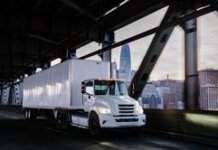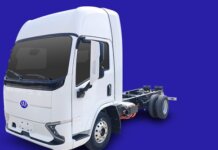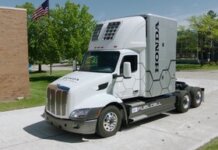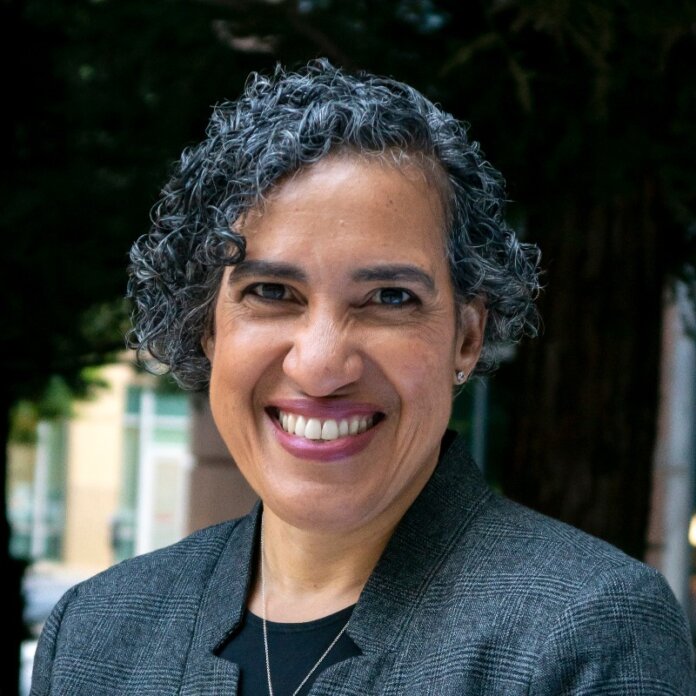The California Air Resources Board (CARB) has approved the Advanced Clean Cars II rule that establishes a year-by-year roadmap so that, by 2035, 100% of new cars and light trucks sold in California will be zero-emission vehicles (ZEV), including plug-in hybrid electric vehicles.
The regulation realizes and codifies the light-duty vehicle goals set out in Gov. Gavin Newsom’s Executive Order N-79-20. The regulation also includes provisions that enhance equity in the transition to ZEVs.
“Once again California is leading the nation and the world with a regulation that sets ambitious but achievable targets for ZEV sales. Rapidly accelerating the number of ZEVs on our roads and highways will deliver substantial emission and pollution reductions to all Californians, especially for those who live near roadways and suffer from persistent air pollution,” says CARB Chair Liane Randolph. “The regulation includes ground-breaking strategies to bring ZEVs to more communities and is supported by the Governor’s ZEV budget which provides incentives to make ZEVs available to the widest number of economic groups in California, including low- and moderate-income consumers.”
By 2037, the regulation delivers a 25% reduction in smog-causing pollution from light-duty vehicles to meet federal air quality standards. By 2030, there will be 2.9 million fewer new gas-powered vehicles sold, rising to 9.5 million fewer conventional vehicles by 2035.
The new regulation accelerates requirements that automakers deliver an increasing number of zero-emission light-duty vehicles each year beginning in model year 2026. Sales of new ZEVs and PHEVs will start with 35% that year, build to 68% in 2030 and reach 100% in 2035.
The regulation applies to automakers (not dealers) and covers only new vehicle sales. It does not impact existing vehicles on the road today, which will still be legal to own and drive. Plug-in hybrid, full battery-electric and hydrogen fuel cell vehicles count toward an automaker’s requirement. PHEVs must have an all-electric range of at least 50 miles under real-world driving conditions. In addition, automakers will be allowed to meet no more than 20% of their overall ZEV requirement with PHEVs.
Battery-electric and fuel cell vehicles will need a minimum range of 150 miles to qualify under the program, include fast-charging ability and come equipped with a charging cord to facilitate charging, and meet new warranty and durability requirements.
The new regulation also takes regulatory steps to assure that ZEVs can be full replacements to gasoline vehicles, hold their market value for owners and that used car buyers are getting a quality vehicle that will not pollute.
By model year 2030, the rules require the vehicle to maintain at least 80% of electric range for 10 years or 150,000 miles. (Phased in from 70% for 2026 through 2029 model year vehicles.) By model year 2031, individual vehicle battery packs are warranted to maintain 75% of their energy for eight years or 100,000 miles. (Phased in from 70% for 2026 through 2030 model years.) ZEV powertrain components are warranted for at least three years or 50,000 miles.
Governor Newsom proposed, and the Legislature has approved, $2.7 billion in fiscal year 2022-23, and $3.9 billion over three years, for investment in ZEV adoption, as well as clean mobility options for California’s most environmentally and economically burdened communities. These programs support the new regulation by increasing access to ZEVs for all Californians, including moderate- and low-income consumers.
Clean Cars 4 All provides up to $9,500 to low-income drivers who scrap their older vehicles and want to purchase something that runs cleaner. The Clean Vehicle Rebate Project (CVRP) provides up to $7,000 for income-qualified drivers to buy or lease a ZEV. The Clean Vehicle Assistance Program provides low-income car buyers with special financing and up to $5,000 in down-payment assistance.
The Governor’s ZEV budget includes $400 million over three years for the statewide expansion of Clean Cars 4 All and for a suite of clean transportation equity projects. The budget also includes $525 million for the Clean Vehicles Rebate Project (CVRP). In addition, there is $300 million for more charging infrastructure, especially for those consumers who may not have a garage where they can charge their EV.
CARB analysis indicates that battery-electric vehicles are likely to reach cost parity with conventional vehicles by 2030. By 2035, consumers are likely to realize as much as $7,900 in maintenance and operational savings over the first 10 years of ownership. Owners will also see 10-year savings from 2026 model year battery-electric vehicles, though not quite as much.
As with the original Advanced Clean Cars rules, ACC II includes updated regulations for light- and medium-duty internal combustion engine vehicles as well, to mitigate the air quality impacts from conventional vehicles. These low-emission vehicle standards help deliver real-world emission benefits that complement more significant emission reductions gained by wider ZEV deployment. This will prevent potential emission backsliding by removing ZEVs from the emissions baseline used to calculate new vehicle fleet-average emissions. The regulation also reduces the allowable exhaust emissions under more real-world driving conditions and emissions caused by evaporation.
The ACC II regulation is phase two of the Advanced Clean Cars Program, originally adopted by CARB in 2012. The regulation was designed to bring together CARB’s passenger vehicle requirements to meet federal air quality standards and also support California’s AB 32 statute to develop and implement programs to reduce greenhouse gas emissions back down to 1990 levels by 2020, a goal achieved in 2016 as a result of numerous greenhouse gas emissions mitigation programs.
The ACC II regulation is a major tool in the effort to reach the SB 32 target of reducing greenhouse gases an additional 40% below 1990 levels by 2030, while also achieving Governor Newsom’s 2035 target for ending sales of new internal-combustion engine passenger vehicles. Ending sales of vehicles powered by fossil fuels is a critical element in the state’s efforts to achieve carbon neutrality by 2045 or sooner.




